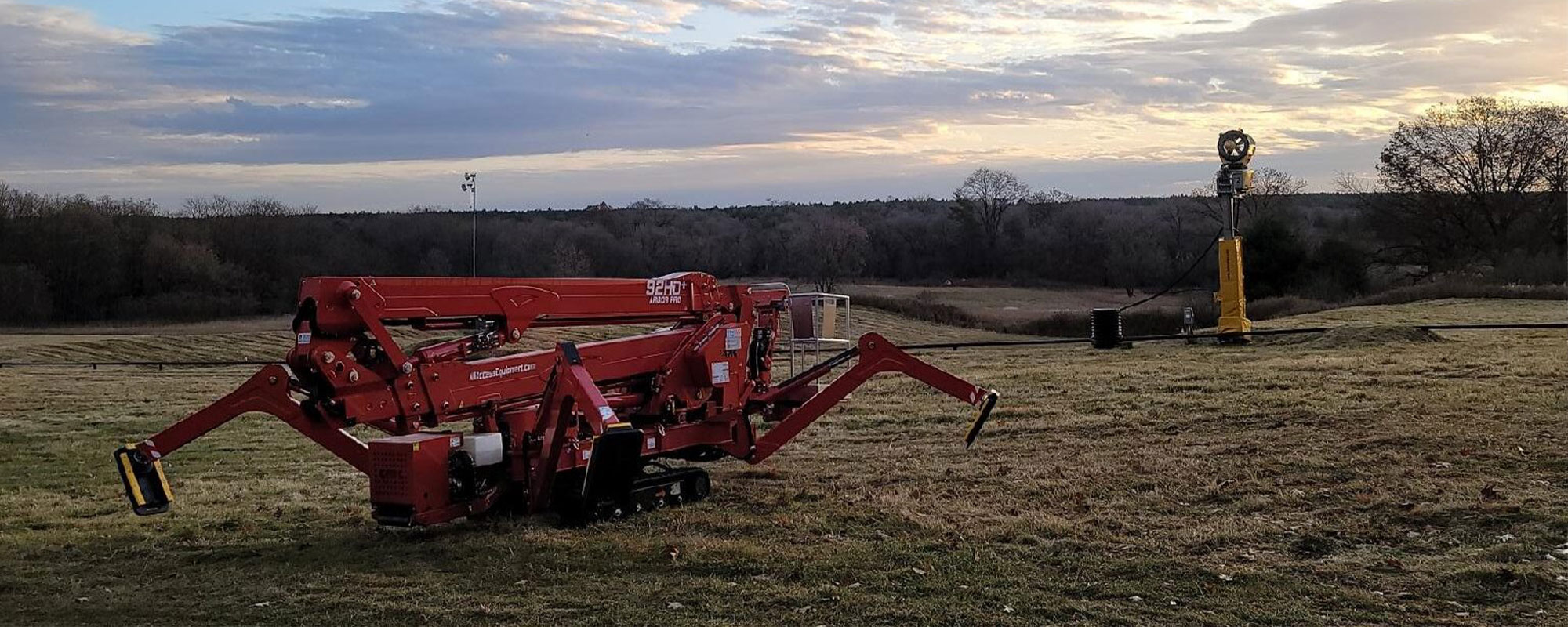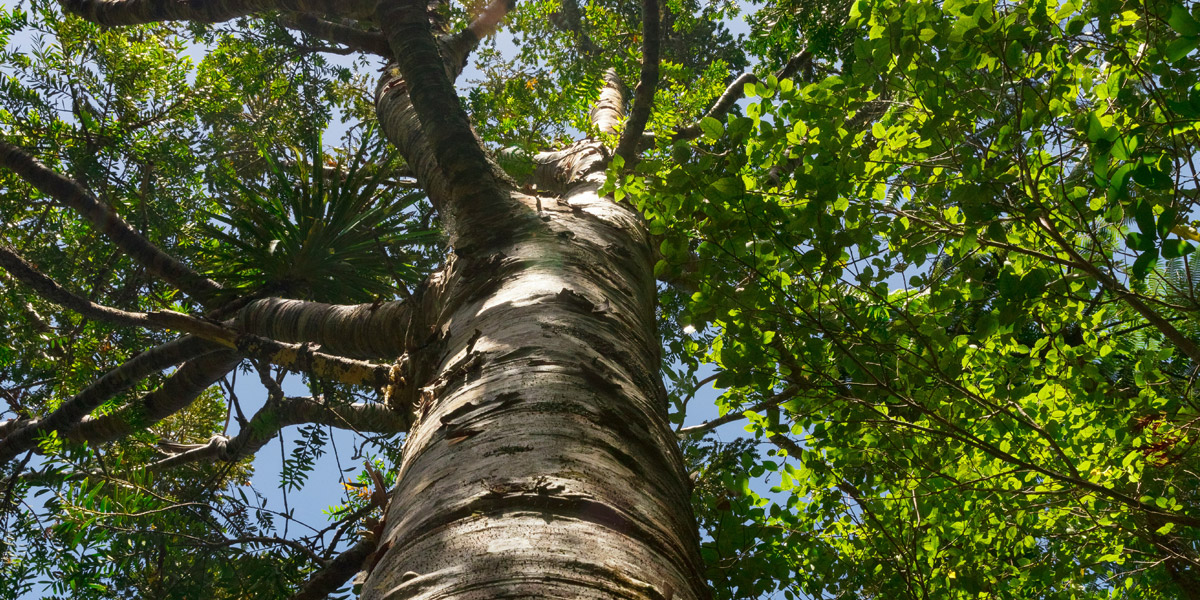
19 Jan What Tree is That? How to Identify a Tree
With about 85 species of trees in Wisconsin alone, determining what type of tree you’ve got in your yard can be quite a challenge.
If you’re like most people, you can look at a tree and tell what the general type is; Maple, Oak, Pine. But how do you know if it’s a Sugar Maple or a Red Maple? A Red Pine or White Pine?
Knowing the difference between the types of trees can help when you’re planting and caring for your trees, as different conditions are needed by each species to grow properly.
Conifer vs Deciduous Trees
The first step to properly identifying a tree is knowing if your tree is a conifer or a deciduous tree.
Conifer Trees
Conifer trees are softwood, cone-bearing trees with needle. Most of these are what’s known as an evergreen, meaning that they keep green needles throughout the winter months. Examples of conifer trees are:
- White Pine
- Balsam Fir
- Cedar
Deciduous Trees
Deciduous trees are hardwoods, with flat broad leaves that turn color in Autumn and shed their leaves annually. Examples of deciduous trees are:
- Birch
- Maple
- Oak
Tree Characteristics
The next step is to look at the distinguishing characteristics of the tree. Leaves, twig position, presence or absence of fruit, bark and the general form of the tree are all things to consider.
While using these together may be helpful, you can’t rely on just one to help you make a correct identification. For example, color, size and character of the bark can change depending on age or growing conditions and leaf shape, color or size can vary depending on whether it came from the top or the bottom of the tree.
Leaves
Leaves are probably the most distinguishable characteristic of a tree.
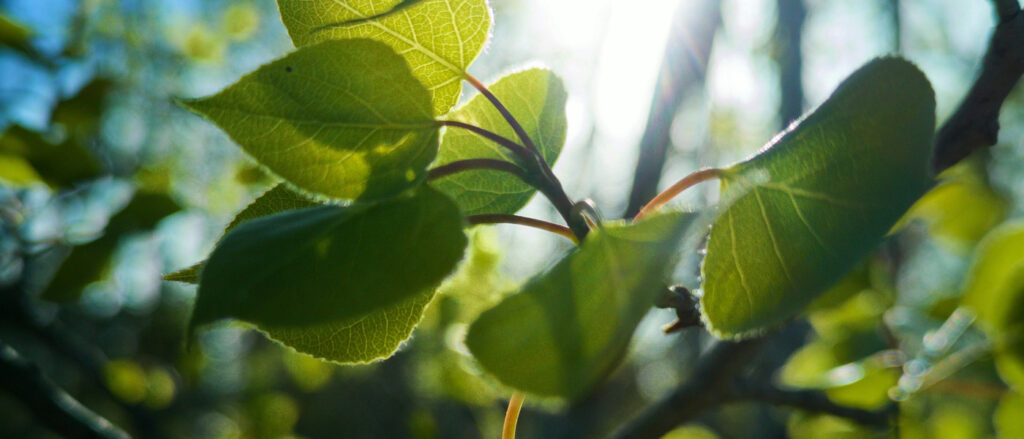
Needles
If you have a coniferous tree, needles are considered the leaves. Needles can grow in three different ways; Single, grouped or clustered. Single needles are the type you’d find on your Christmas tree. These needles can be flat, like a Balsam Fir, or angled, like a White Spruce.
You can tell which is which by rolling a needle between your fingers. White, Jack and Red pines all have grouped needles, which are usually 3-5 needles all coming out of the same spot. Clustered needles, which look like little puffs of needles going up the branches, can be found on the Tamarack. A Conifer with soft, flat, non-needle shaped leaves, is a Cedar.
Leaves
Looking at a deciduous tree’s leaves, pay close attention to the layout of the leaves on the branches. Deciduous leaves are classified as either simple or compound. Oak trees have simple leaves, meaning there’s just a single leaf per stem, while Ash trees are compound, meaning a leaf is made up of several leaflets. Another characteristic to look for in your leaves is if the leaves are lobed, like an oak leaf, or non-lobed like a dog wood tree.
Lastly, are the leaves smooth edged or toothed? Toothed meaning they’re rather jagged. This is where you can really begin narrowing down your tree species. While you may know they tree in your front yard is a maple, do you know what kind of Maple? Look at the leaves. Sugar maple leaves have a smooth outline, while the red and silver maples have toothed outlines.
Twigs
When studying twigs, you’ll want to look at their position on the branch.
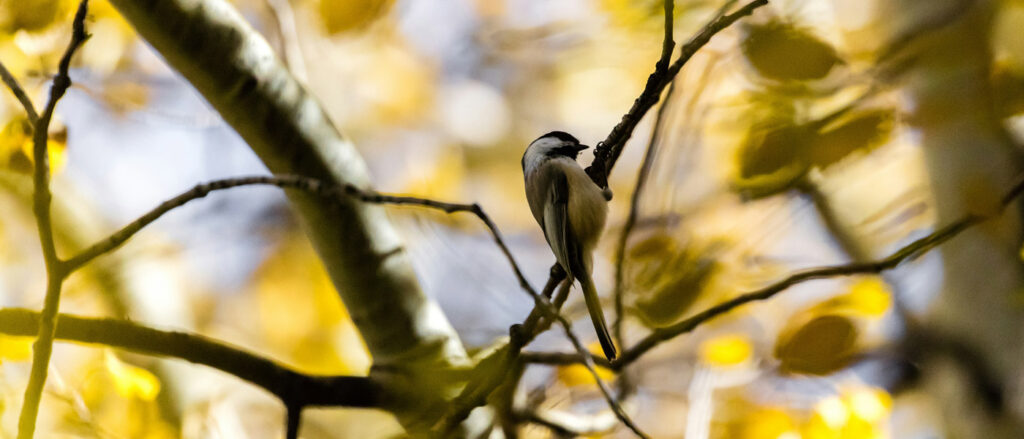
Deciduous trees have two types of branching, Alternate and Opposite. Do they sit directly across from each other like a maple (Opposite) or are they staggered like an oak (alternate)?
Fruits
When we mention fruit on a tree, you’re most likely thinking we mean apples or cherries. But did you know pine cones and acorns are also considered fruits of a tree?
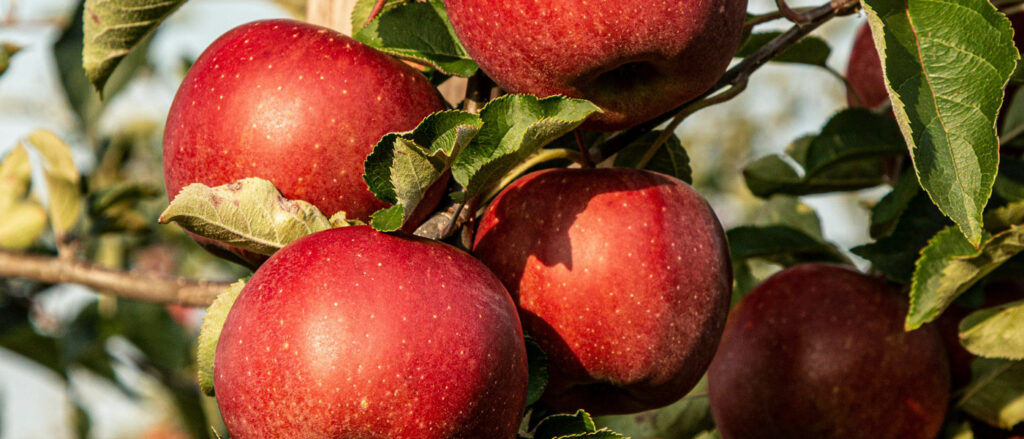
Looking at the size, shape and growing location of a pine cone can tell you a lot about which tree you have. There are many different pine cone variations when it comes to color, length and scales. Some are very short and compact, while others are very long and open.
A few pine cones grow in clusters while most others are single, and some grow at the end of the branch, while others take up residence further into the tree. The pine cones can often tell you which tree is which.
Fruits of Deciduous trees are much more varied. Maple trees have the paired samaras, which most children refer to has helicopters because of the way they twirl as they flutter to the ground. Oaks of course have a squirrel’s favorite, acorns, which vary in size and shape, mostly growing in clusters and at the end of branches.
Dogwoods and Junipers are two of the trees that do have an actual fruit protecting their seeds. Some trees, like the sweetgum and sycamore, have their seeds grow in balls, while others yet, have long seed pods.
Bark
Bark is probably one of the harder ways to identify trees.
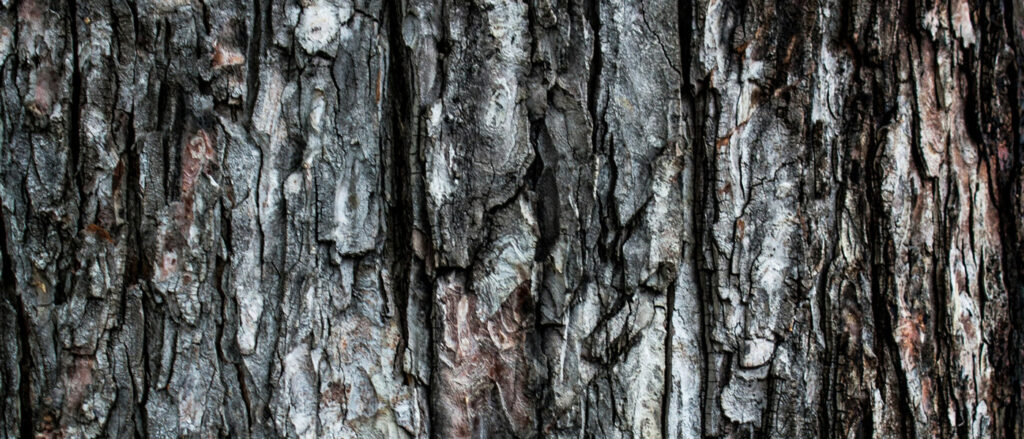
For example, most people know the birch trees by it’s white colored paper-like bark, but most trees aren’t that easy. Bark can be light, dark, smooth, course, very dense or papery thin.
As mentioned before, it’s not a good idea to try to identify your tree by bark alone as many factors can change the way the bark looks.
Form of the Tree
Lastly, is the form of the tree. Tree species can have a different form from one another.
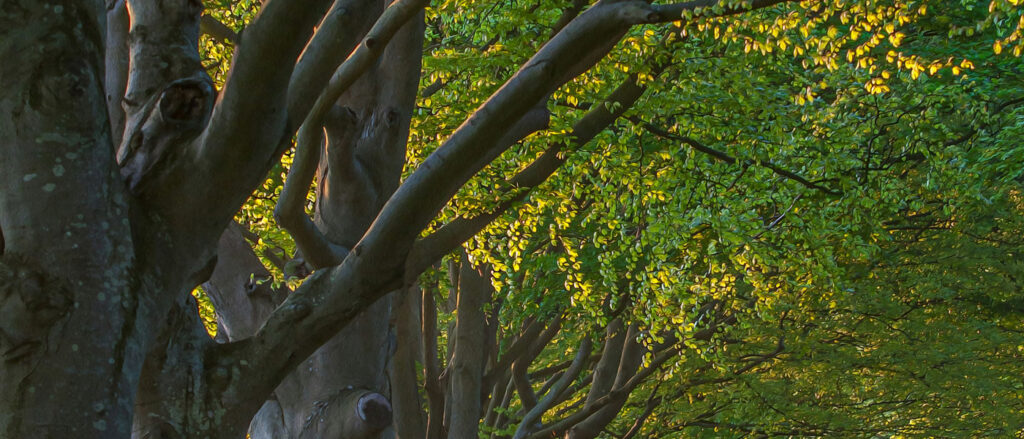
What we mean by form, is the general shape of a leaved tree when you see it from afar. You can basically state that any conifer is relatively cone, or pyramid shaped, and deciduous trees are rather pillowed. But there really is more to it than just that.
For example, while an Oak is a rounder shape, a maple tree is a relatively oval shaped tree. It’s a strong central trunk that branches into a rounded top and has dense foliage to fill it all in. Some trees are wider than they are tall and grow in a more spreading manor, such as the dogwood.
These trees aren’t as full as a maple and make a more dappled shade. Height is also something to consider when looking at your trees; but that could vary on the age and growing conditions, so unless using it to exclude options, I wouldn’t put too much thought into that.
Need Help with Tree Care? Contact Gabe’s Top It or Drop It Tree Service!
These are very general tips and guidelines on identifying your trees. To help you further and to get a more accurate and detailed tree ID you can use any of these handy tools, or contact the Gabe’s Top It or Drop It Tree Service team today!:
How to Identify a Tree: Further Reading
- Arbor day Foundation’s ‘What Tree is That? – https://www.arborday.org/trees/whattree/
- Wisconsin DNR Interactive Tree Key – https://dnr.wisconsin.gov/education/treeID

